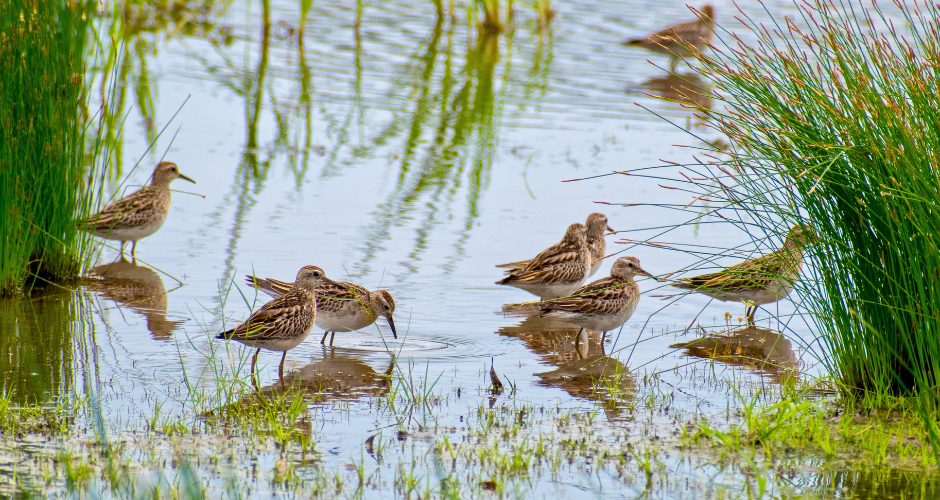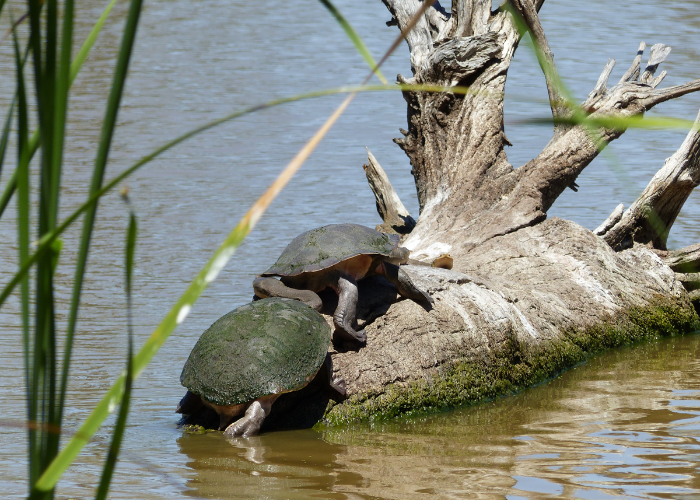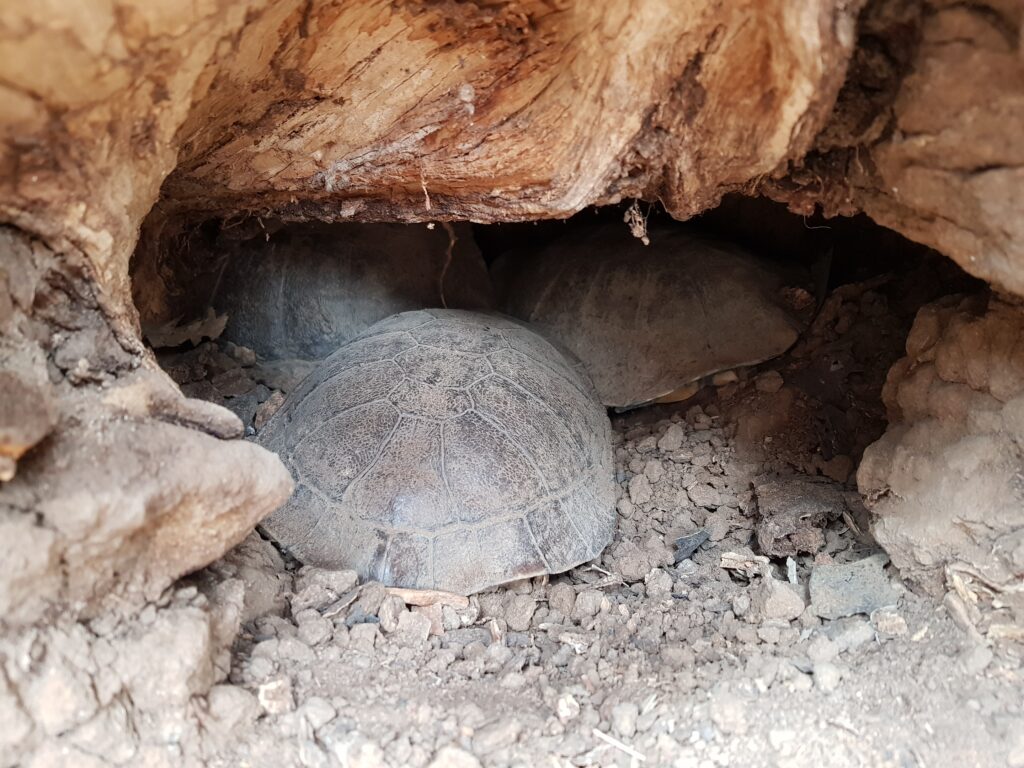Q&A: Lakkari Pitt
Last year we shared an art series produced by Gamilaroi artist, Lakkari Pitt, that beautifully captured the Flow-MER program ecological indicators shown in the image above.
This time we want to share a little more about the artist herself. Lakkari discusses family, connection to Country and traditional knowledge in our feature Q&A that we're excited to share for NAIDOC week, 2021.
Read More








